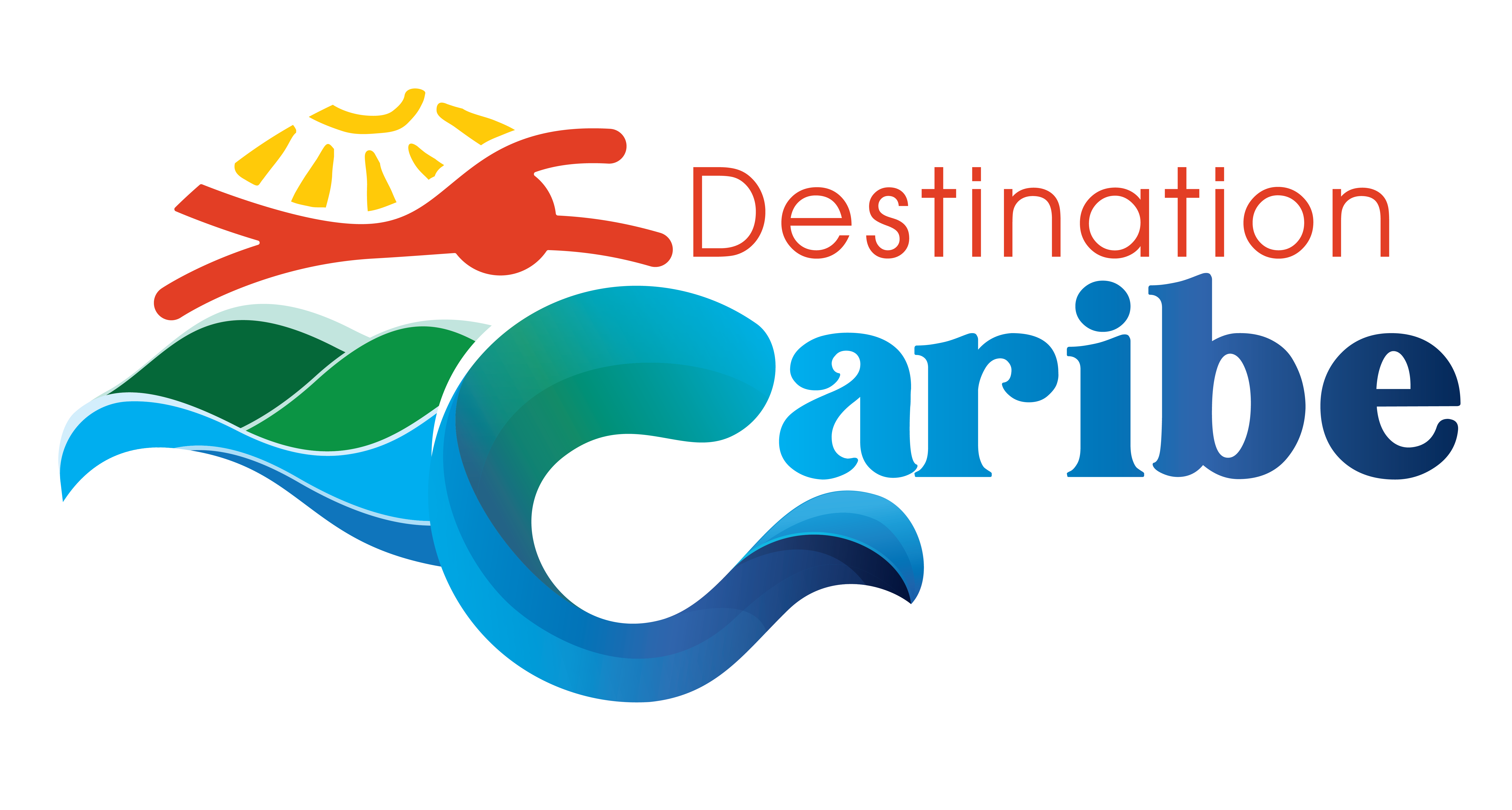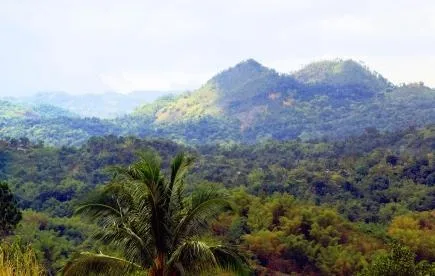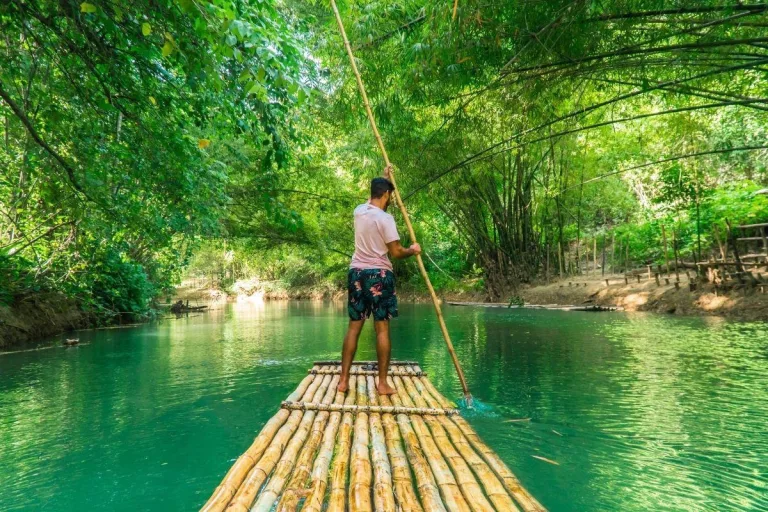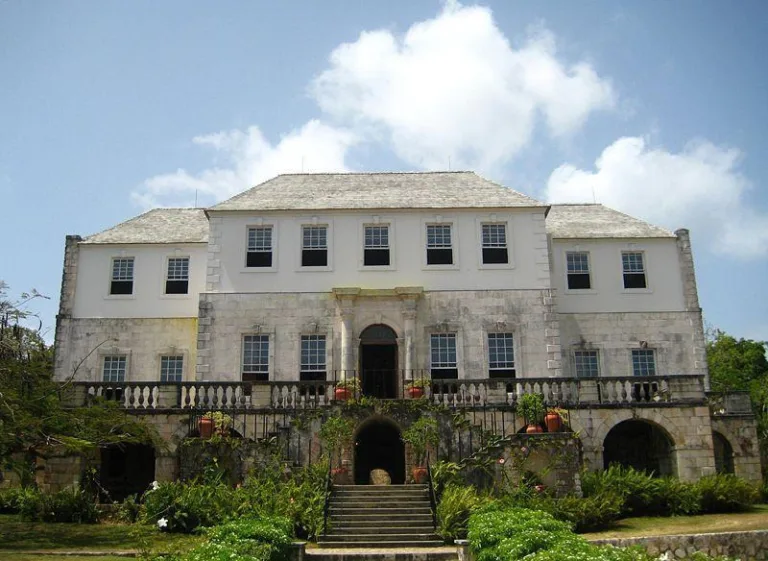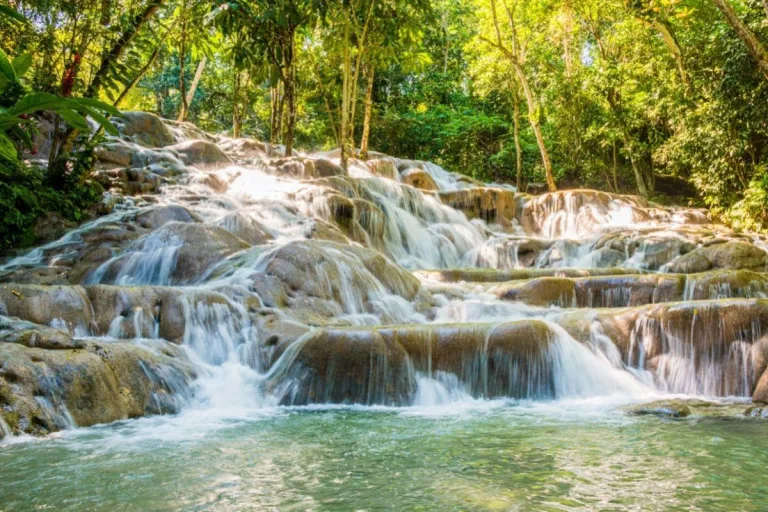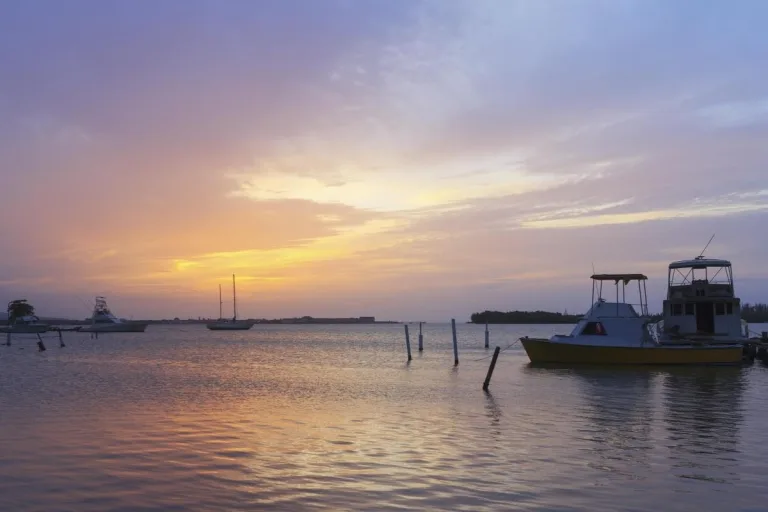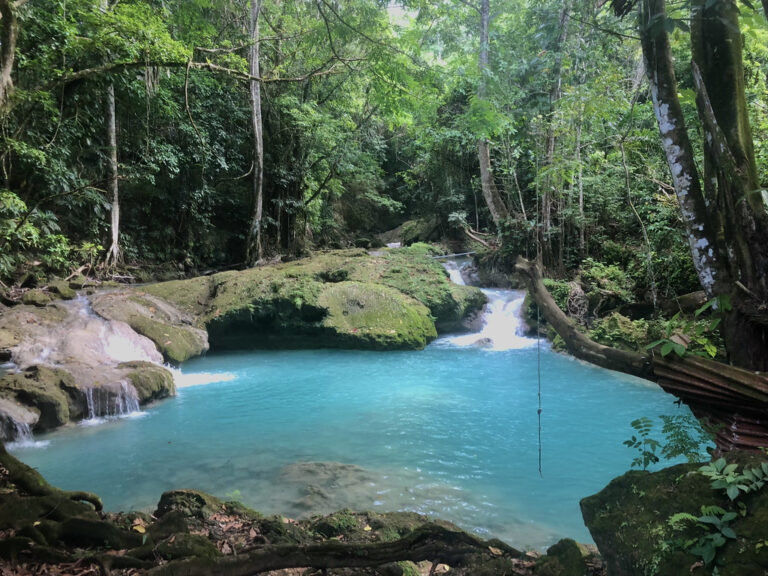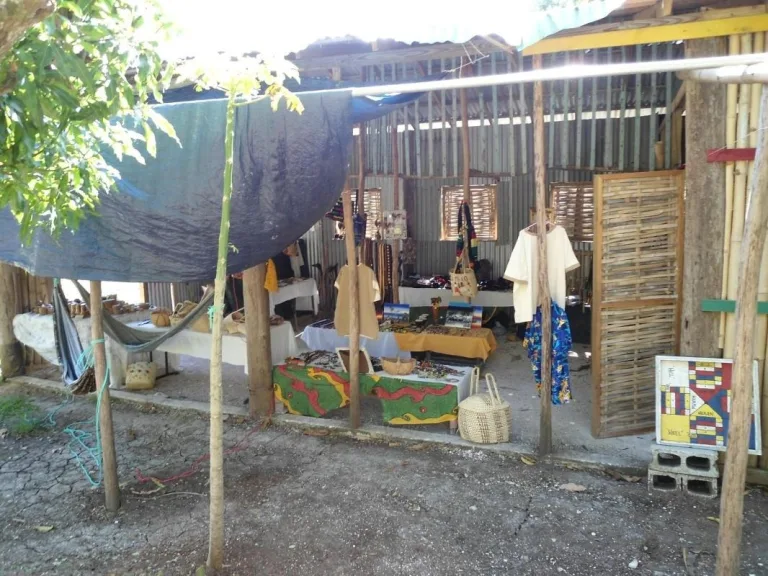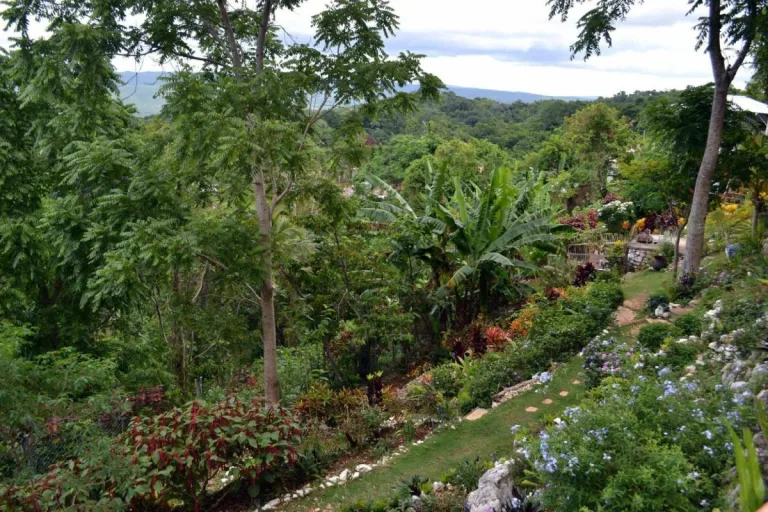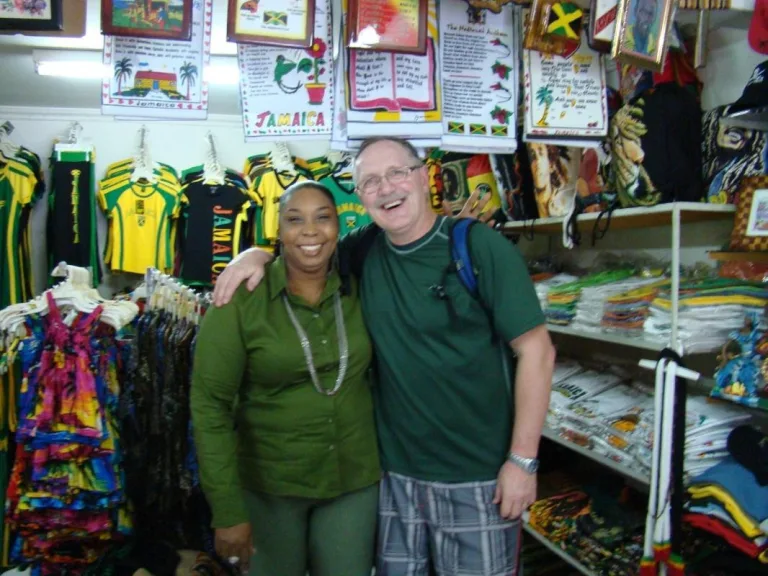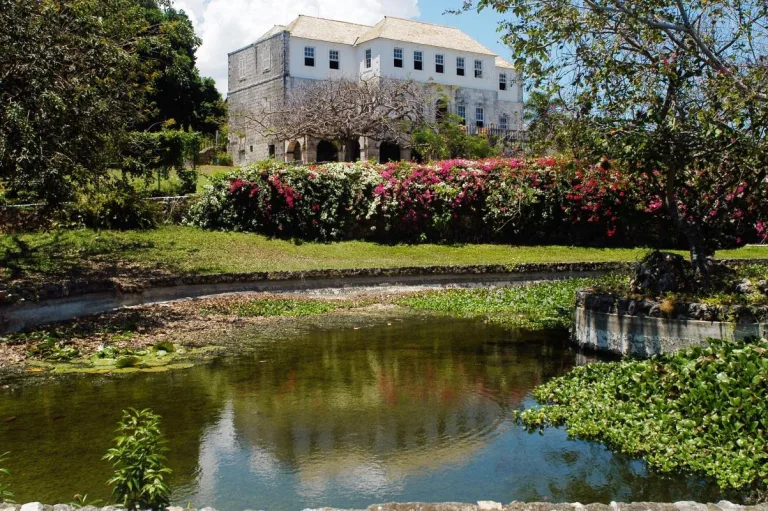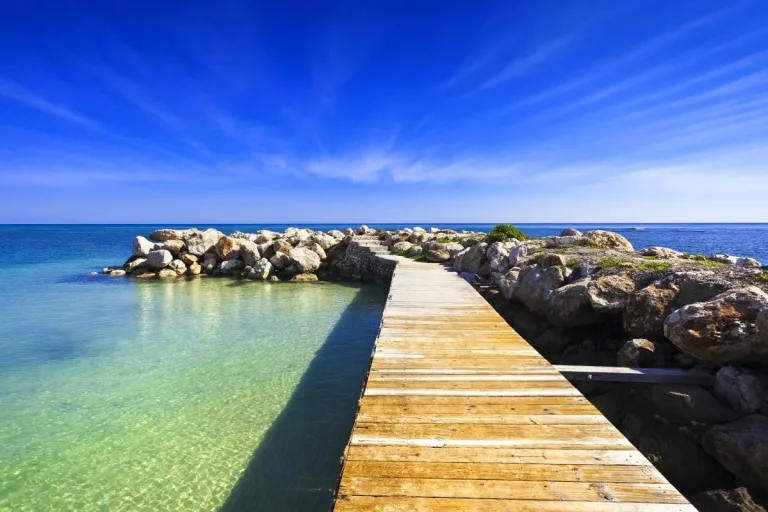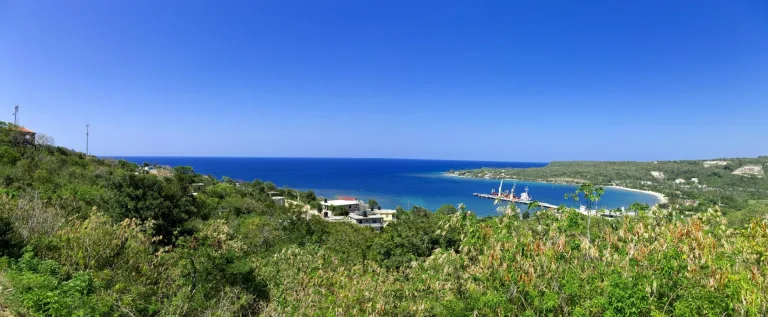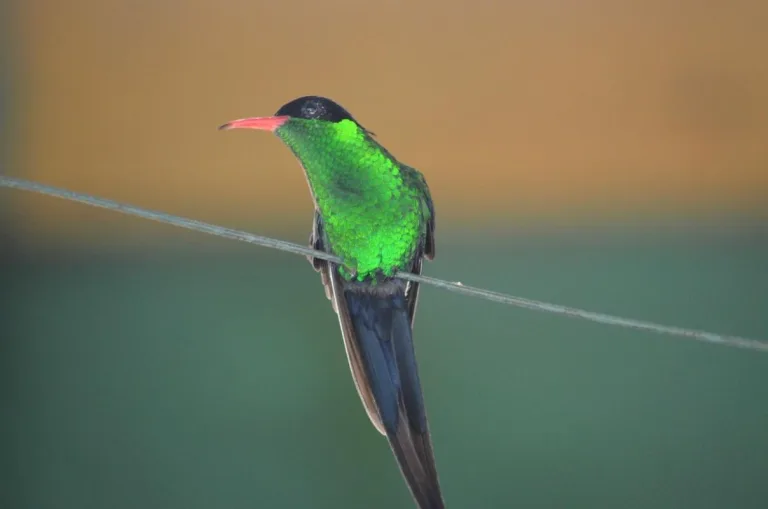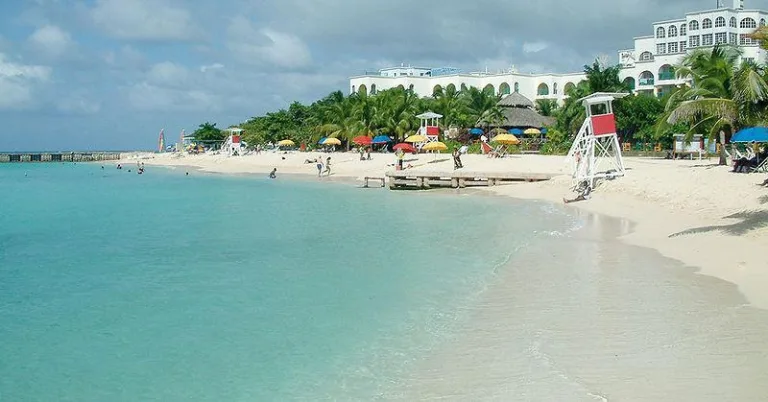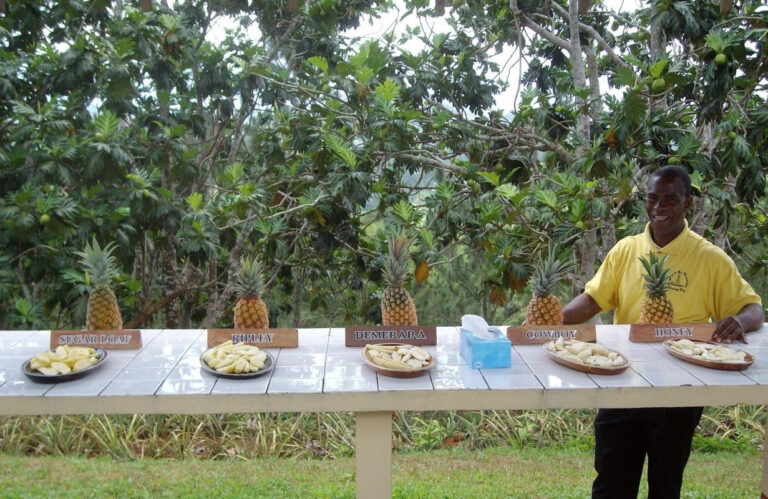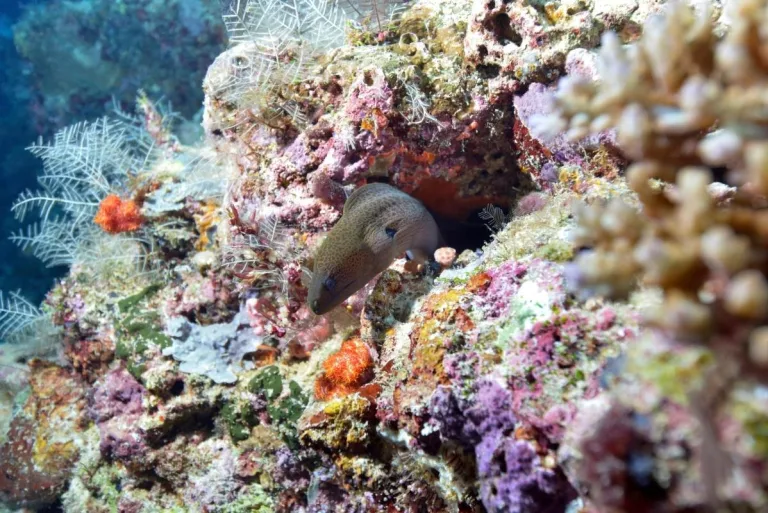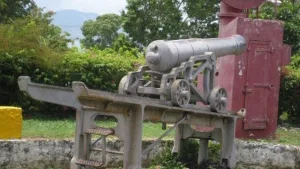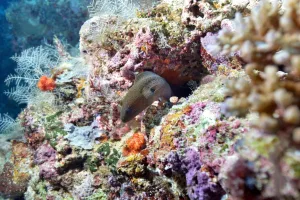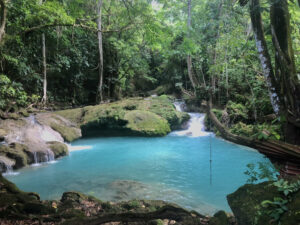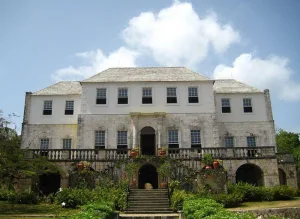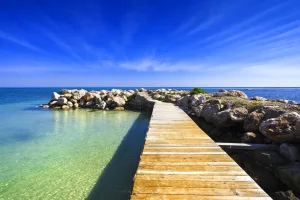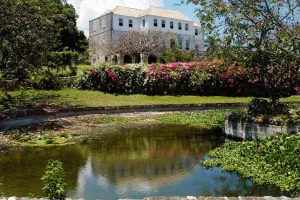The highest peak, the longest range, the best coffee—Jamaica’s Blue Mountains rightfully claim a handful of superlatives. The mountain range spans 28 miles (45 kilometers) across the rugged eastern portion of Jamaica and offers views of the island’s north and south coasts, and on a clear day, even all the way across the Caribbean Sea to Cuba.
As with most mountain landscapes, the most obvious way to explore the Blue Mountains is on foot. Take a guided hike through the Blue and John Crow Mountains National Park and UNESCO World Heritage Site to learn about the mountains’ ecosystem as well as their role in the Maroon Wars. Ambitious hikers will find reward on the 7-mile (11.3-kilometer) trail to Blue Mountain Peak—the highest point in all of Jamaica—while those wanting to skip straight to the view can drive up the mountain in just under an hour. Mountain biking tours take you past gushing waterfalls and over stone bridges, while coffee tours introduce you to the finest coffee in Jamaica from bean to cup.
-
The Blue Mountains are one of the most popular natural attractions in Jamaica and a must-see for nature lovers.
-
Temperatures are noticeably cooler in the mountains than at sea level; dress in layers.
-
Although it’s possible to hike solo, it is recommended that travelers join a group for safety.
Thanks to Jamaica’s manageable size, you can easily get to the Blue Mountains from just about any part of the island. Guided tours leave from Ocho Rios, Kingston, Montego Bay, and more. If you have your own transportation, you’ll find it is an easy drive. You can also book a taxi or shuttle from Kingston.
The best time to visit the Blue Mountains is outside of the island’s two rainy seasons: around May, and October through November. Dry days promise not only a more pleasant outdoor experience, but also warmer weather and clearer views.
Jamaica’s famous gourmet Blue Mountain Coffee—considered among the best in the world—is now cultivated on the lower slopes of the Blue Mountains, which were once completely forested. The 194,000-acre (78,509-hectare) Blue and John Crow Mountains National Park preserves the remaining forested areas.
Yes, there are coffee plantations in the Blue Mountains of Jamaica, and you can visit some of them—and learn about coffee production—on a tour. Some plantations offer their own tours. Group tours of the Blue Mountains that visit multiple coffee plantations typically include transportation from Kingston and sometimes lunch.
The best time of year to visit the Blue Mountains is in the dry season, which runs from December through April. While you can visit during the rainy season, it can be muddy. Plus, you risk missing out on seeing some of the region’s fantastic views on overcast days.
Although there is bus service to the Blue Mountains from Kingston or Montego Bay, the easiest way to get there is by car. If you don’t have a rental car, don’t worry—there are plenty of tours to the Blue Mountains that include round-trip transportation.
Yes, you can hike to the Blue Mountain Peak. The trail is 5.8 miles (9.3 kilometers) long, and it takes about four hours to reach the summit. Most people start the walk in the middle of the night to make it to the top by sunrise.
Although hiking is one of the most popular things to do in Jamaica’s Blue Mountains, the region also has historical sites. The most famous is the Craighton Estate Great House, a historic coffee farm and perhaps the best-known of many such farms in the Blue Mountains.
The Blue Mountains provide habitat to a wide range of species. While there are some mammals here, including wild hogs, the region is particularly known for its avian species and frogs. Creatures found here include Jamaican Peak Frogs, Jamaican blackbirds, and yellow-billed parrots.
